Capitalizing on Tighter EHR-ERP Integration

There is significant opportunity for hospitals and health systems to create greater value by improving the collaboration and integration between their electronic health record (EHR) and their enterprise resource planning (ERP) solution. Unlocking that opportunity is worth the effort – but will require careful and deliberate planning, deep technical knowledge of both systems, extensive clinical and operational expertise, and most importantly, a partner knowledgeable of both platforms.
There are a number of reasons why EHR-ERP integration is top of mind for hospitals and health systems today. Many organizations have recently migrated – or are in the process of migrating – to new, cloud-based ERP solutions that offer better optimization of back-office workflows and processes compared to their outdated on-premises legacy predecessors. Another key catalyst is recent M&A activity, where standardizing on a common EHR and ERP across the enterprise is critical to achieving the desired economies of scale and allowing the new organization to function as a new, high-performing single entity. Regardless of the circumstances, hospitals and health systems need to understand the importance and the depth of integration that need to occur between the EHR and the ERP for business functions and clinical activities.
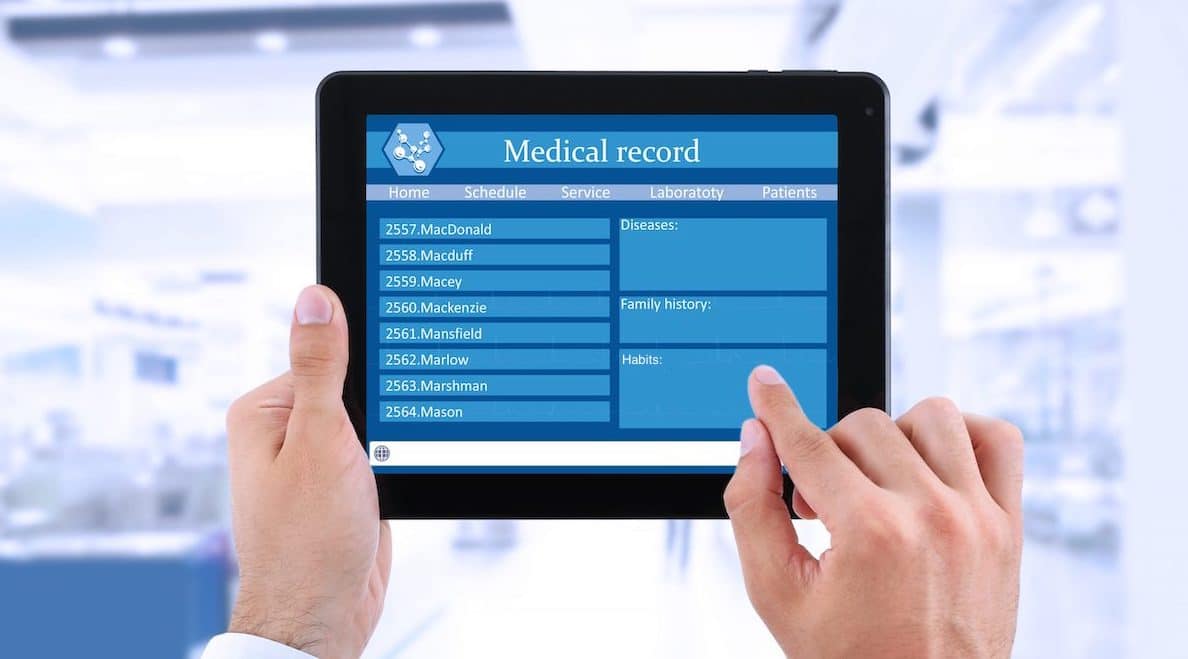
Understanding the Dynamic Between Two Powerful Systems
The two largest – and most impactful – platforms in any hospital or health system are its enterprise electronic health record (EHR), followed by the enterprise resource planning (ERP) solution. The EHR supports the critical roles of clinical services, billing, and patient access, while the ERP is responsible for back-end operations (e.g., financial management, human capital management, and supply chain). Virtually every major business function or clinical activity that occurs in a hospital or health system on a day-to-day basis is supported by one of these two massive and highly complex systems, and often in a complementary way.
For example, in the operating room, the EHR tracks demand and utilization of the instruments and supplies needed to perform the surgery – while the sourcing, acquisition, and replenishment of those supply items is accomplished through the ERP. Close integration between the two major platforms is essential in ensuring there is a clear understanding of clinical preference, the supplies that are being used, and how all this aligns with on-hand inventory and overall purchasing strategies. The two systems need to exchange actionable data in real time, clinical and operational workflows must be synchronized, and key insights from marrying clinical utilization and supply information need to be available to support informed, value-added decision-making.
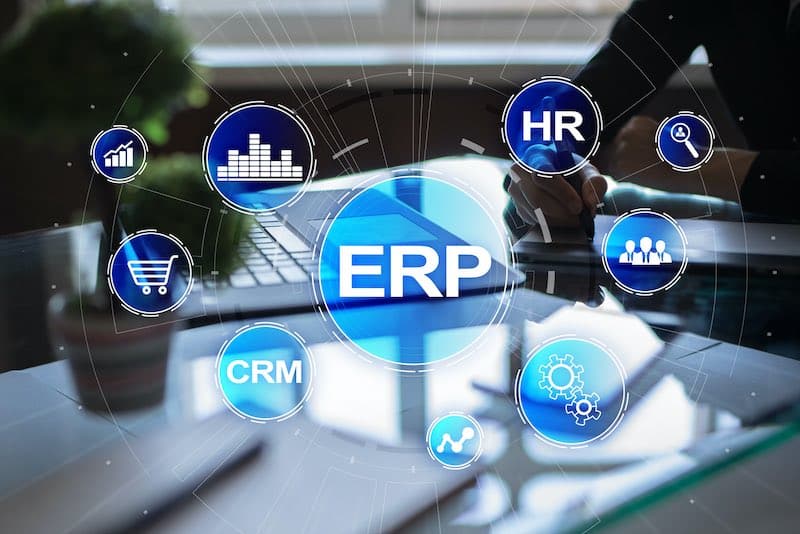
Benefits
Identifying the benefits and realizing value from better EHR-ERP integration hinges on a provider organization’s ability to understand – and account for – this pooling of clinical and business information. A few examples are described below.
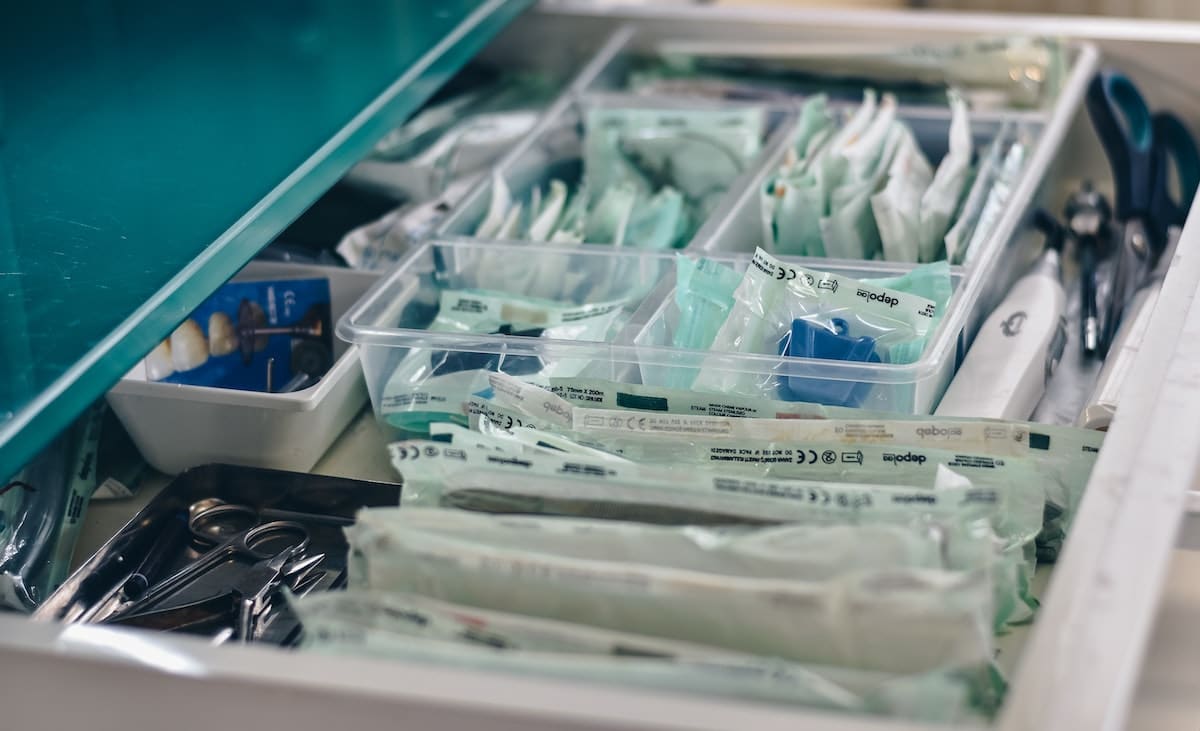
A more clinically integrated supply chain
By combining supply details (prices, HCPCS billing codes, etc.) found in the ERP with the utilization and labor cost information in the EHR, hospitals and health systems can accurately capture the total costs associated with a specific procedure or episode of care. When this cost information is coupled with the clinical outcomes data in the EHR, the provider organization gains important insights about correlations and variances related to cost and efficacy – and is empowered to make knowledgeable decisions about care standardization.
Having a clinically integrated supply chain can also lead to improvements in clinical outcomes and a reduction in risks associated with “never events.” For example, when a medical implant such as surgical mesh is recalled by a manufacturer due to a defect, close coordination between the ERP and EHR is critical for patient safety and continuity of care. Hospitals and health systems not only need to determine how many of the recalled items were purchased (which is tracked by the ERP), but also whether any of those defective implants were used on a patient (information that is captured by the EHR). The ability to quickly identify any affected patients so the hospital can provide the appropriate follow-up care is paramount.
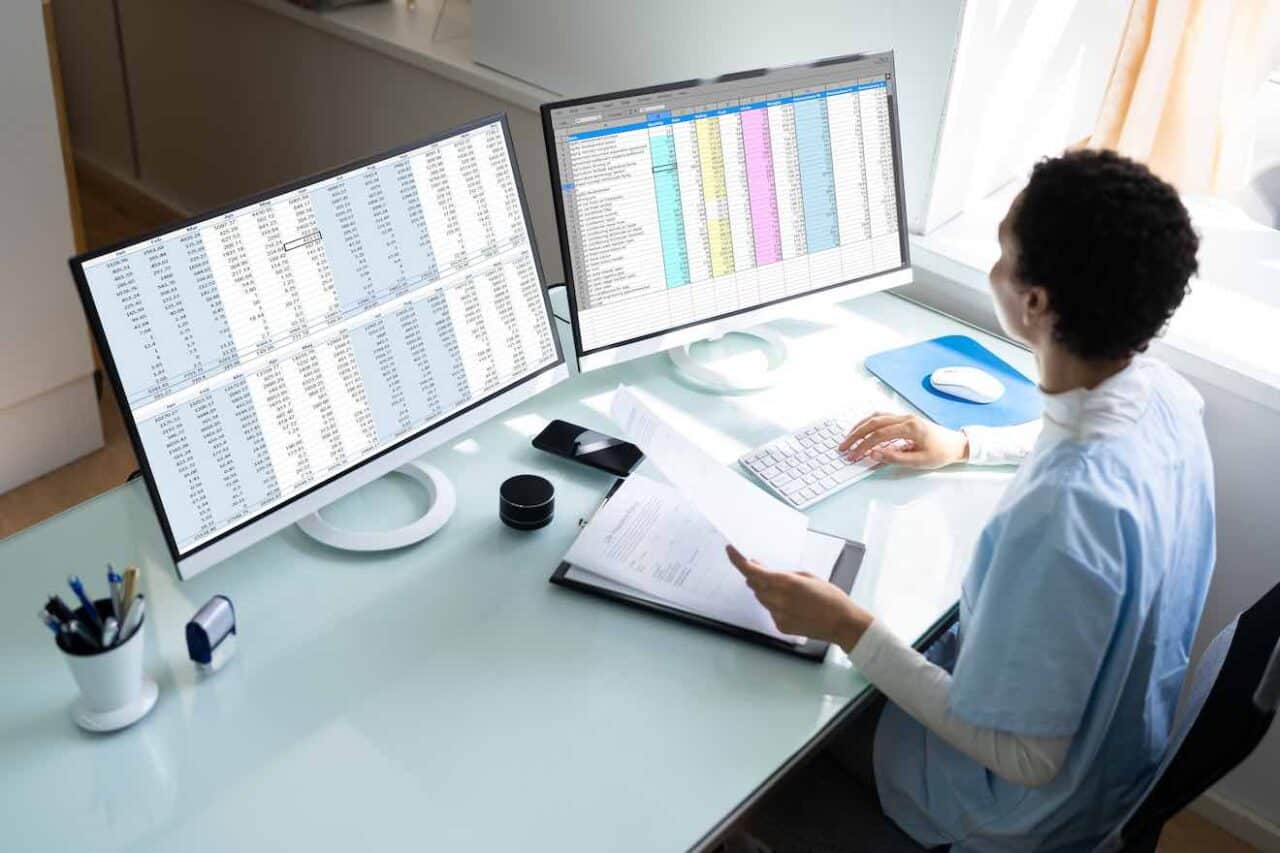
More efficient and effective financial operations
Real-time financial activity combined with the thoughtful design, governance, and exchange of master data can reduce errors and ultimately save time and money. To ensure that the EHR-ERP integration is optimized, organizations need to carefully design their general ledger (GL) structure and establish a solid governance approach to make sure the overall GL structure is in sync across both systems and producing the information needed to manage the business. “In sync systems” means that financial data can be linked to clinical data, ensuring reporting out of either system will tell the same story, thereby reducing legacy barriers. For example, by analyzing clinical data from the EHR, an ERP can identify patterns in patient demand that can be used to forecast future revenue and expenses. This makes it easier to develop realistic budgets and allocate resources more efficiently and ultimately plan better for patient care.
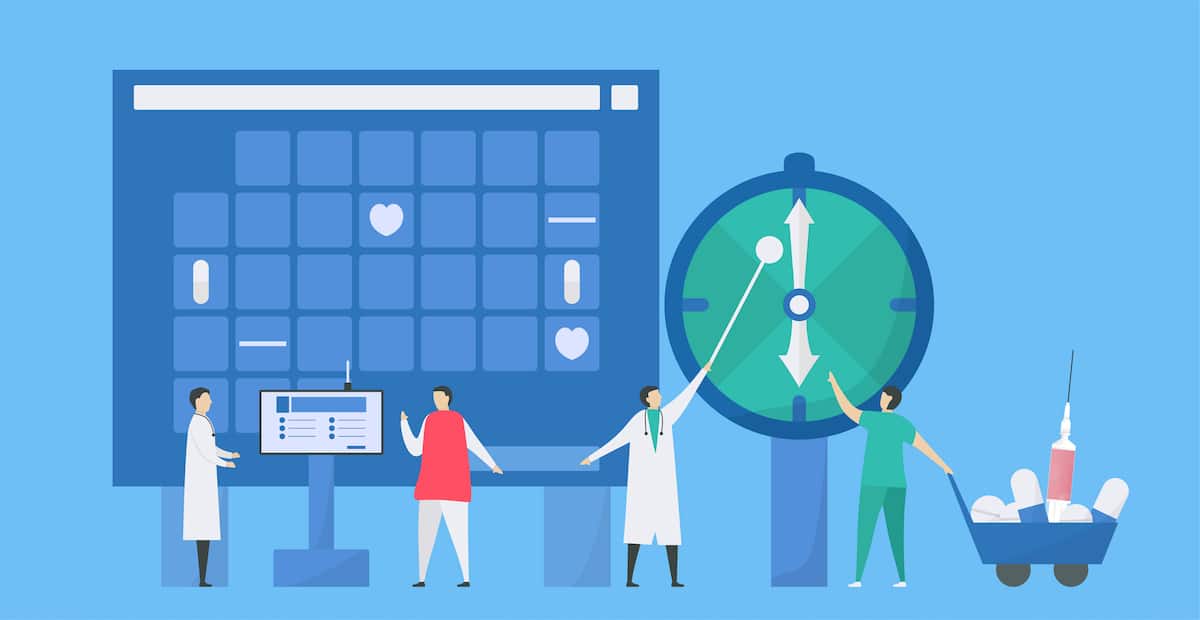
Improved hiring and account provisioning
Hiring in the ERP can drive account provisioning in the EHR. Clear workflows and thoughtful designing between ERP and EHR systems allow hospitals and health systems to automate account provisioning, monitor and audit user accounts, and improve the security, efficiency, and accuracy of their hiring and account provisioning processes. This unified design and integration pattern can enhance patient care and improve organizational efficiency to support patient demand.
Keys to EHR-ERP Integration Success
Improving EHR-ERP integration is clearly worth the effort, but success requires careful and deliberate planning, deep technical knowledge of both systems, and extensive clinical and operational expertise.
There are three keys to success that apply to any hospital or health system:
- Planning to identify and target opportunities and desired results. The specific type and level of opportunity from tightly integrating the EHR and ERP depends on factors like current level of integration, the configuration of existing workflow and processes, and the needs and volume of clinical services. Key clinical and back-office stakeholders with deep knowledge and understanding of the underlying processes involved need to be actively engaged in planning from the start. This coordination ensures the hospital or health system will identify the greater areas of opportunity and work towards gaining consensus across the enterprise. For example, what level of automation is the organization looking to achieve?
- Approaching each opportunity strategically. The level of technical integration and process engineering needed to effectively capitalize on one area of opportunity (for example, surgical services) may be vastly different than what will be needed for another (e.g., payroll). It is essential that hospitals and health systems take the time to approach each opportunity strategically, accounting for the role of each system in supporting a given business function or clinical activity, the data involved and how it is used, and the intended outcome the organization hopes to achieve by improving EHR-ERP integration.
- Finding the right knowledgeable partner. Successfully capitalizing on improving the integration between the EHR and the ERP is a significant effort that requires technical, analytical, operational, and clinical expertise – a level of knowledge and prior experience that often is not available internally. From the technology perspective, achieving tighter integration requires a thorough understanding of the enabling technology for the EHR and the ERP systems. Further, organizations need to understand data requirements for each of the two platforms and how to capture, manage, and analyze that data. Operationally, success depends on deep expertise in the clinical and the back-office areas involved (including supply chain, labor, financial management, and revenue cycle). There are important business issues that need to be reviewed and managed. Existing workflows may need to change, while new processes may need to be designed and adopted.
Effective change management is another vital but often overlooked component in identifying, realizing, and sustaining desired results. Working with a trusted partner to facilitate and focus on important change management principles from the beginning helps ensure the effort is positive and accepted by all end-users and strengthens the long-term adoption and performance of new workflows and processes.
There are clear benefits and measurable bottom-line value to be gained through tight EHR-ERP integration. However, an examination of the business and clinical functions supported by these systems is a complex undertaking that requires broad expertise, including knowledge of both platforms and the workflows / activities they support. A knowledgeable and experienced partner can help you define, plan, implement, and sustain the transformative changes needed to increase the value of both systems.
Find out more about how Impact Advisors partners with healthcare organizations to help them get the full value from their technology investments.
Contributors: Brian Evans, William Faust, Ryan McDaniel, Lydon Neumann

























